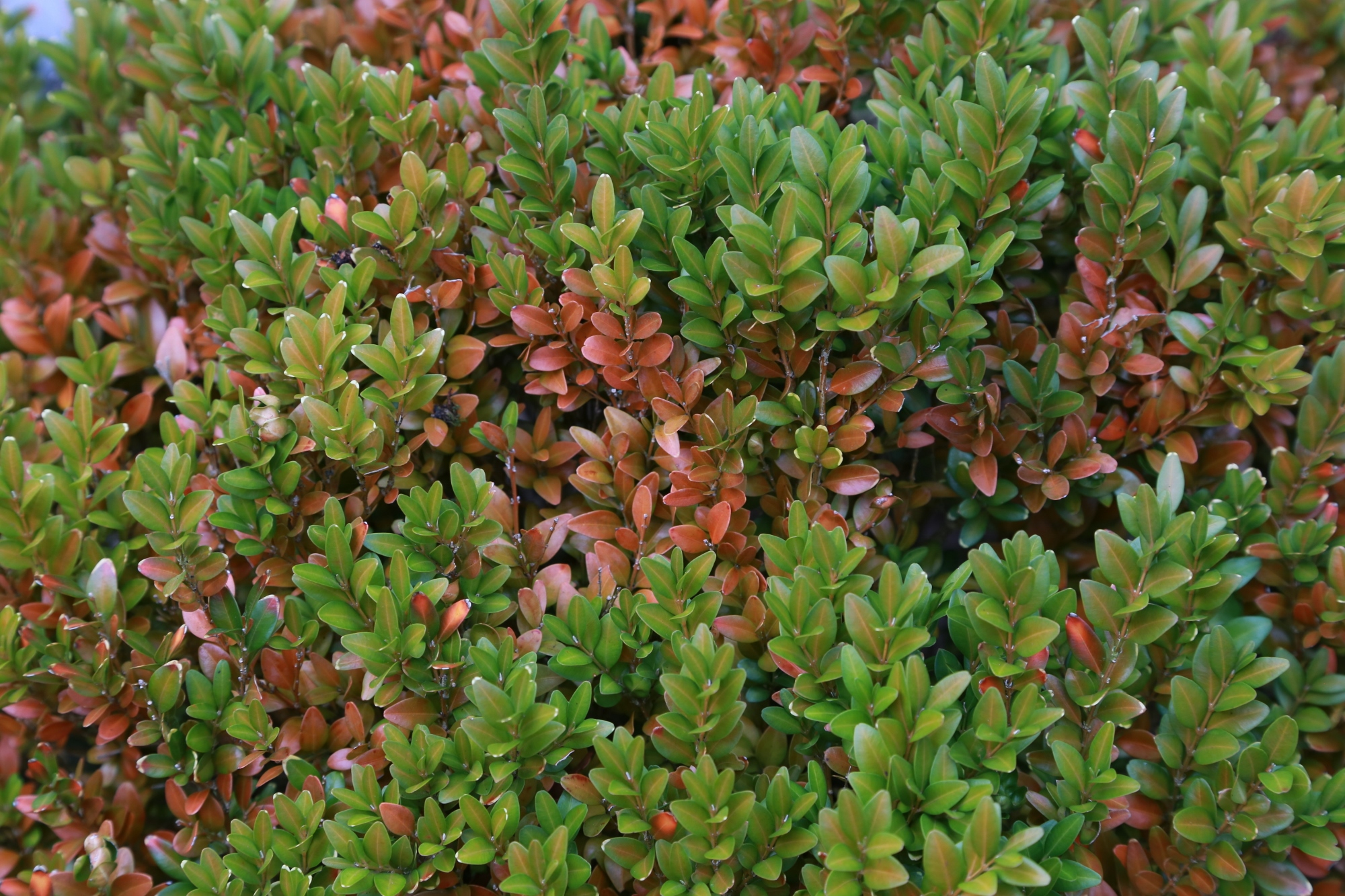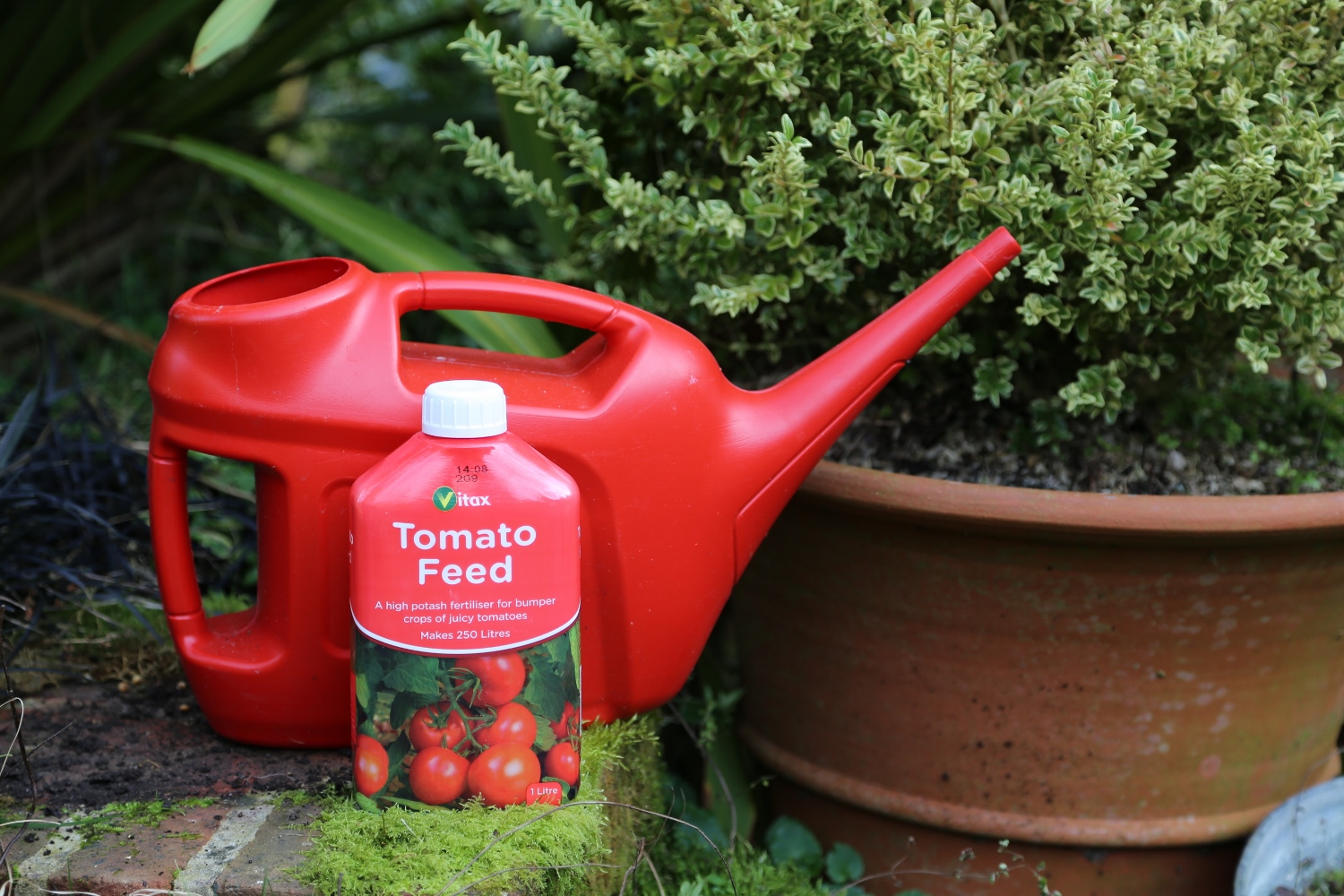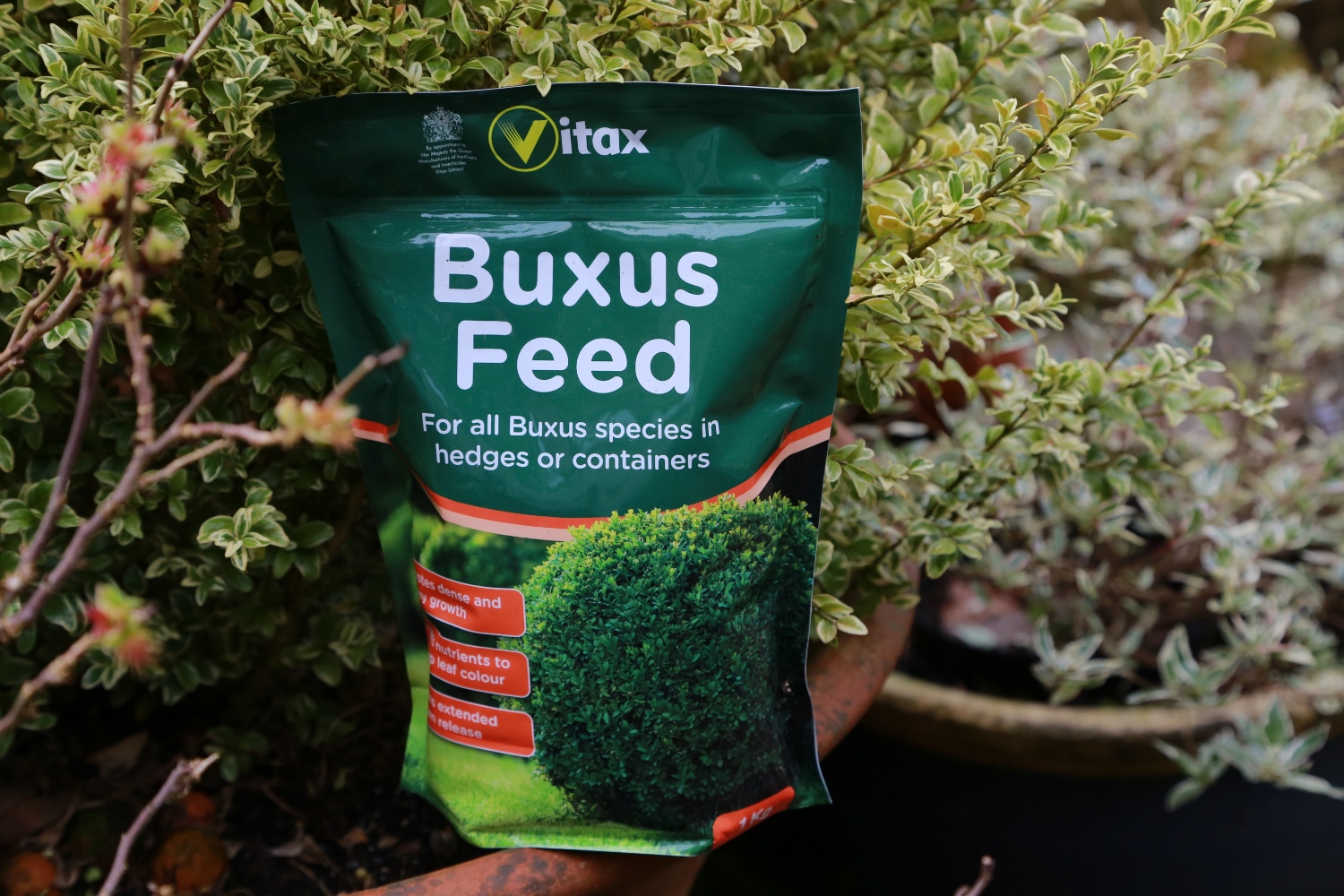How to keep Buxus healthy
Common box or boxwood, Buxus sempervirens is the foundation of classical formal gardens and contemporary designs. We use it in pots, we trim it into shapes and we use it as hedges. It features on doorsteps, patios, in window-boxes and balconies. In fact it must be the most widely planted evergreen shrub.
Why is it so popular? Well, it tolerates shade, drought, urban pollution and tough growing conditions. It responds well to trimming and shaping, so when the range of plants available to gardeners was smaller than it is today it was an ideal subject to use to create designs. It has long been used for topiary, the knot garden and parterre throughout Europe, and further afield.
Sadly in recent years box has been affected by box blight disease and more recently a plague of tiny caterpillars that feast on the foliage. The blight that affects boxwood is widespread and feared by gardeners across Europe and the US. Although difficult to control you can help box hedges, topiary and structure plants to resist infection growing them well.
Like most hardy evergreens box is often starved. We feed our roses, fruit and vegetables, but usually leave evergreens like boxwood hungry. As they grow in the same soil for many years they eventually become starved. This results in discolouration and weak growth. Feeding once or twice a year with Vitax Buxus Fertiliser provides all the nutrients needed to maintain that rich dark green colour and promote strong healthy growth that is more resistant to disease.
Has your box really got box blight?
 Box often takes on a bronze or orange hue, especially in winter and when it is growing in full sun, especially in pots. This discolouration can be quite extreme and the plants look sick. This is not box blight, it is usually caused by potash deficiency. Potash is the most soluble nutrient and is easily washed from the soil; therefore plants in containers, that are watered regularly, become starved of potash. The effect is more pronounced in winter.
Box often takes on a bronze or orange hue, especially in winter and when it is growing in full sun, especially in pots. This discolouration can be quite extreme and the plants look sick. This is not box blight, it is usually caused by potash deficiency. Potash is the most soluble nutrient and is easily washed from the soil; therefore plants in containers, that are watered regularly, become starved of potash. The effect is more pronounced in winter.
The remedy is an application of Vitax Buxus fertiliser and thorough watering. This is best applied in early spring but can be applied at any time of the year if the foliage is showing discolouration. It is also a good idea to water with liquid Vitax Tomato Feed at the same time to make nitrogen and potash immediately available to the plants. This can be repeated after two weeks and the plants should green-up quickly.
green-up quickly.
Trimming and growing conditions
The soft, new growth on box can be very susceptible to frost damage; those young leaves turn white and translucent. The frost damaged growth is often thought to be box blight. And it is most often seen on low, flat-topped hedges that have been stimulated into growth by early trimming. Always avoid bulky organic manure immediately around the plants as this stimulates soft growth. Remember to trim at the right time: in midsummer.
Box blight is a fungal disease that loves warm, damp conditions. Do not overcrowd your buxus with other plants. Maintain good air circulation around them. It is also important to remove fallen leaves from the top of box hedges in autumn and winter; these can cause die-back and weaken the plants.
If it is box blight?
If your box does become affected by box blight don’t panic. It normally appears as patches of brown or black infected growth, eventually turning parchment and resulting in leaf drop. Close inspection of infected leaves reveals little black specks on the foliage. At first signs spray with any general fungicide and repeat at 14 day intervals. Feed with Vitax Buxus fertiliser, water and remove competition and the plants should grow through it and recover.
leaf drop. Close inspection of infected leaves reveals little black specks on the foliage. At first signs spray with any general fungicide and repeat at 14 day intervals. Feed with Vitax Buxus fertiliser, water and remove competition and the plants should grow through it and recover.
What about the box tree caterpillar?
The other problem with box in recent years is the invasion of the box tree caterpillar: the larva of a moth, originally from Asia, which feeds voraciously on box plants. It is particularly a problem in urban areas with a high concentration of box hedges and topiary.
As soon as you discover it spray thoroughly with PY bug killer, an effective insecticide which controls caterpillars. Available in a handy ready to use spray it is easy to use and effective if you spray the top and undersides of all foliage and repeat around 10 days later.
Andy McIndoe for Vitax
Your login details have been used by another user or machine. Login details can only be used once at any one time so you have therefore automatically been logged out. Please contact your sites administrator if you believe this other user or machine has unauthorised access.












